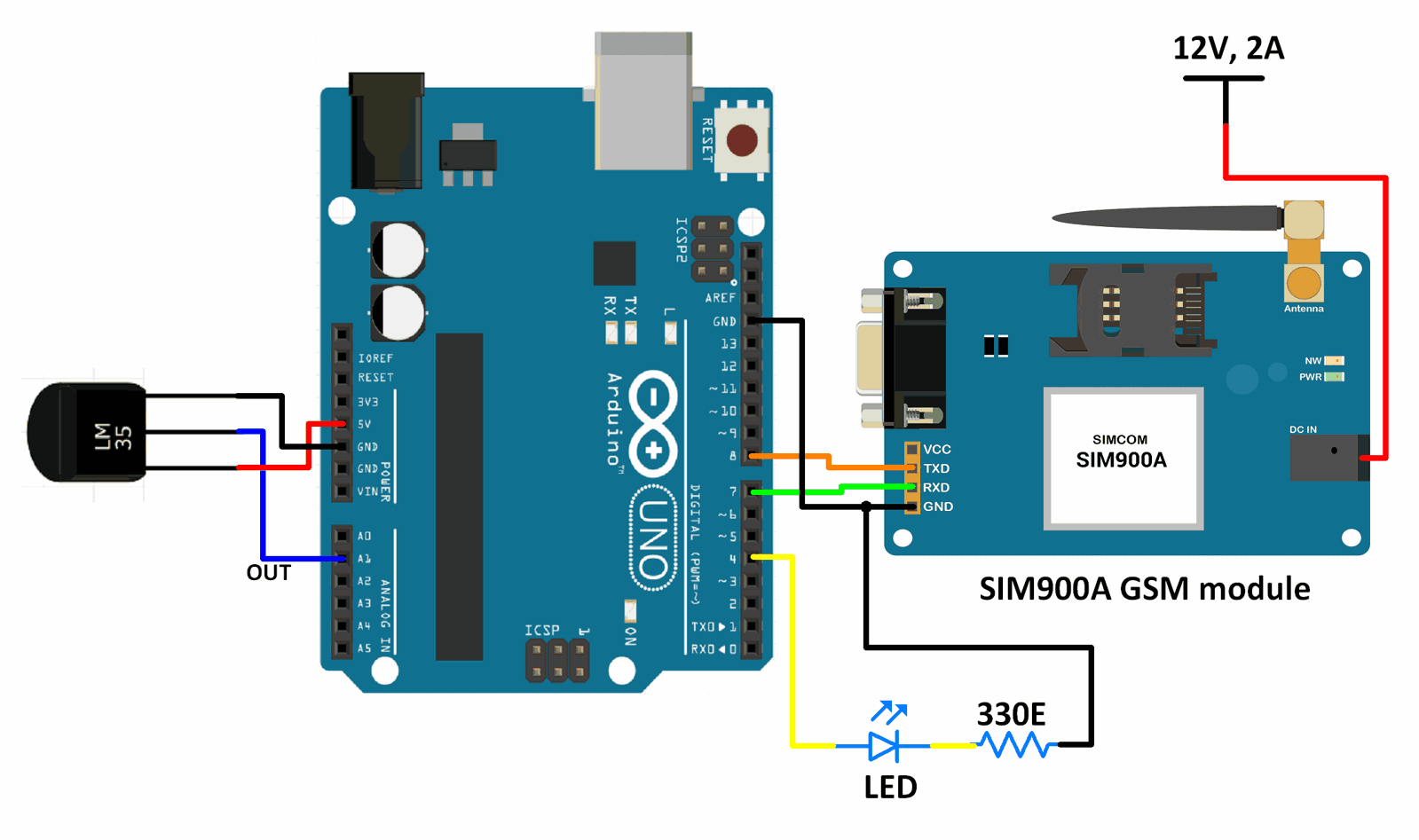GSM/GPRS Module
GSM Interfacing with Arduino

1) Insert SIM card
2) Connect The Antenna
3) Connect the Pins
4) Power the Modem
5) Check the Status of the LEDs
6) Network LED
7) Baud rate
NOTE
Functions Used
